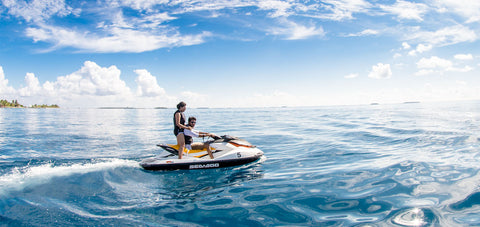Retrieve a Fouled Anchor and Tips to Prevent Snags in the First Place
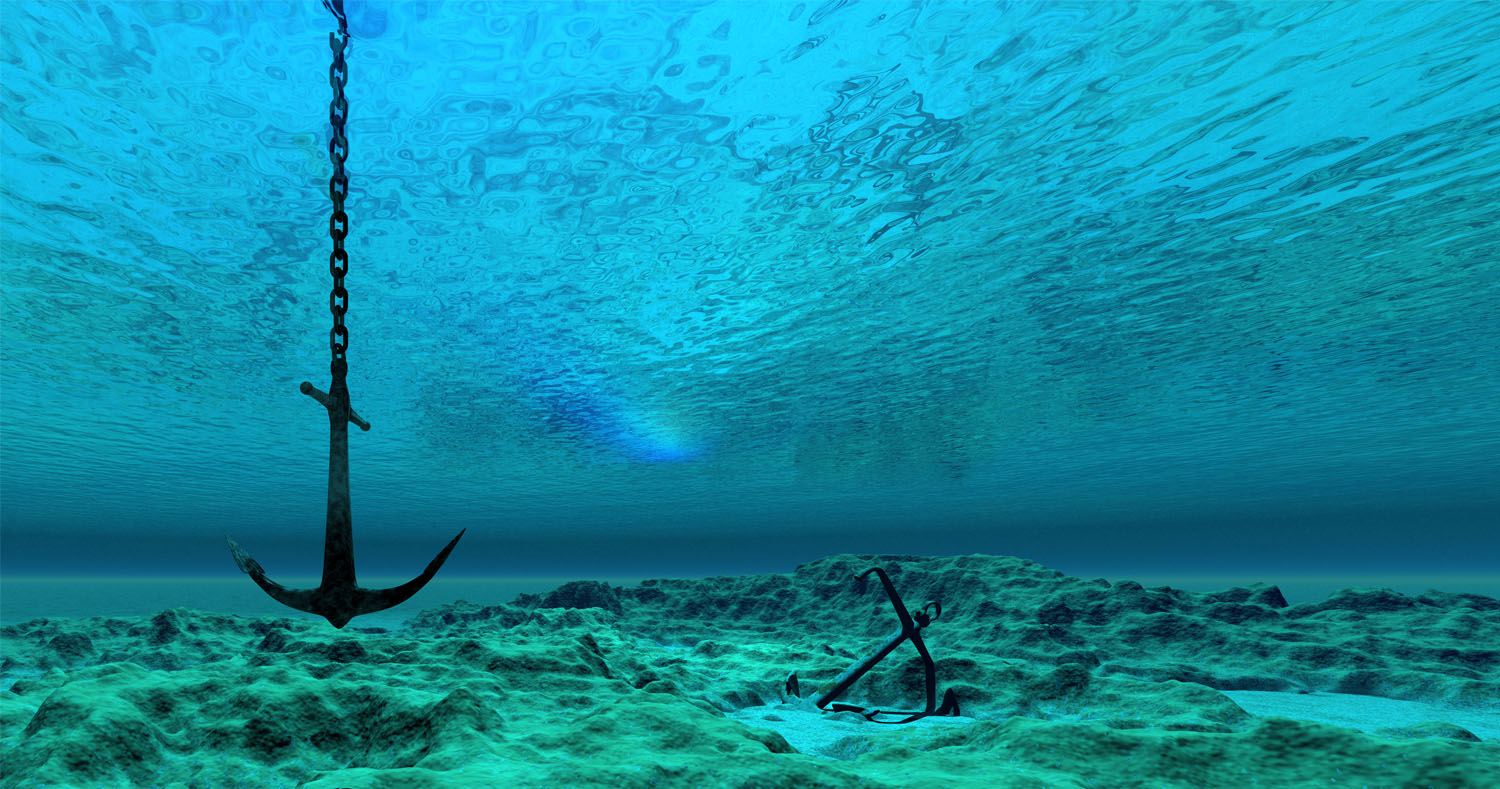
It happens far too often. You're ready to pull anchor and set off after a relaxing float only to find that your anchor won't budge. Don't reach for that knife just yet, there are several retrieval methods you can use to salvage your anchor as well as your trip. Here a few tips to retrieve a fouled anchor.
Retrieving a Fouled Anchor

Method 1: Use the natural movement of the boat to free your anchor
First, position the bow of the boat directly above the anchor by pulling in the anchor line. Tail off the anchor line by wrapping the line once around a bow cleat and holding the line taut. Don't completely cleat it off in case you need to release the line quickly as the boat changes position. As the boat dips into the trough of a wave, cinch the line down tight. As the boat begins to rise in the next wave, the upward force might be enough to free your anchor.
Method 2: Idle into the wind or current to back the anchor out
Strong wind and currents are the primary forces that will move a boat around once at anchor. This movement can lodge the anchor in a difficult position and requires careful maneuvering to pull it back out.
To retrieve the anchor, position the boat directly over the anchor and cleat the anchor line at the bow. Gently idle your boat directly into the wind or current. This force will pull the anchor in the opposite direction from which you originally set it and might be enough to free the anchor.
Method 3: Anchor retrieval ring and buoy
Use an anchor retrieval ring and buoy to dislodge your fouled anchor.
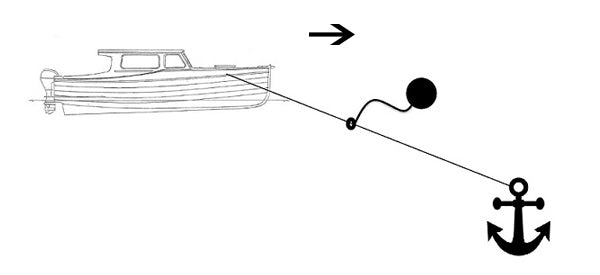
This system works by using a ring and buoy that serve as a pulley system that moves down the anchor rode and uses the force from the boat as well as the buoyancy of the buoy to free your anchor and float it to the surface. To do this, simply attach this assembly around your anchor line and drive past the anchor at a 45-degree angle. Keep driving until you see the anchor ball surge up to the water's surface. At this point, you can easily pull the anchor in.
If these methods fail and your anchor is not equipped with a trip line or an anchor retrieval system, you're only options are to grab a snorkel and try your luck underwater or to cut the line completely and abandon the anchor. However, there are easy steps you can take next time to prepare for the inevitable anchor snag and prevent the possibility of losing more anchors.
Preventing Anchor Snags In The First Place
Trip Lines aka Anchor Buoys
Trip lines can be an effective measure to retrieve stubborn fouled anchors as well as act as anchor markers to prevent other boaters from dropping their hook in the same spot. Trip lines work by attaching a line to the eye on the crown of the anchor and tying the other end to a buoy. The buoy should float vertically over the top of the anchor's position on the bottom. If the anchor becomes stuck, pulling on the trip line can reverse the anchor out of its position since the line is attached to the head of the anchor instead of the shank.

With trip lines, it is very important to account for the tides when determining how much slack to leave when attaching your buoy. Underestimating tidal rise can actually float your anchor off the bottom and leave your boat at risk of drifting. To correctly determine the appropriate length of line required, take note of the depth and any tidal rise that may occur and add another 10 feet to this figure to be safe.
Anchor Retrieval Systems
Cutting an expensive anchor loose is a quick way to ruin a day of boating. Luckily there are systems available to make anchor retrieval a snap. The Anchor Saver retrieval tool is a device that works with your existing anchoring system.
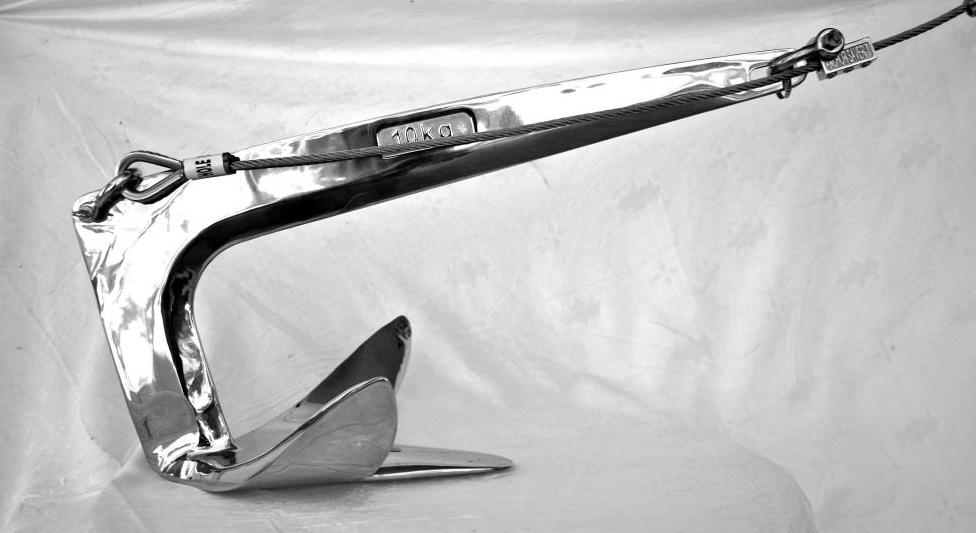
When needed, it uses indirect anchor pressure to shift the anchor attachment point from the shank to the crown of the anchor, allowing you to dislodge the anchor from the top and pull it safely on board. When all else fails, the Anchor Saver provides the insurance you need to prevent the loss of your expensive anchor.
DIY Small Craft Anchor Retrieval Systems
Rivers and streams can be notoriously tricky waters for small boaters and kayakers when it comes to anchoring. Often full of downed trees and rocks, there are ample opportunities for a grapnel anchor to become lodged or stuck along these waterways. Luckily there are easy do-it-yourself remedies to prevent anchor loss.
The most common method for DIY anchor retrieval is the zip tie method. Instead of attaching your line to the shaft of the grapnel anchor, tie the line securely to the head. Draw the line up the shaft making sure it does not interfere with the arms. Do not run the line through the eye of the shaft. Instead, use a medium strength zip tie to attach the line just below the eye of the shaft. The grapnel anchor can be raised and lowered by the shaft during normal conditions. However, if the anchor becomes snagged give a quick pull on the line to break the zip tie and reverse the anchor out by pulling from the head instead of the shaft. This retrieval system works great and is extremely easy to set up.
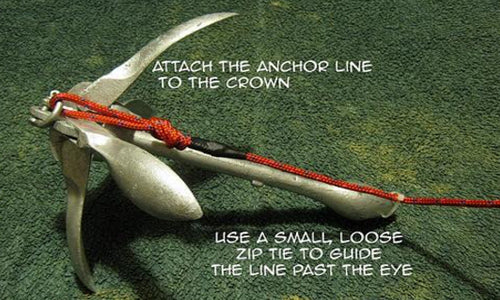
Published
Recent Posts
Balancing Proven Tradition with Cutting-Edge Performance
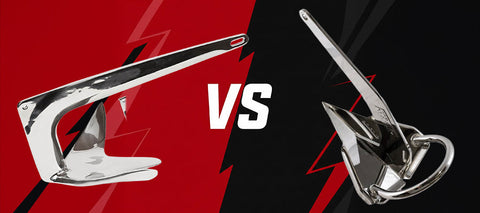
When choosing an anchor, it’s not a question of “traditional vs. modern”, despite our eye-catching article image *wink*, but "what combination of reliability, cost and performance best suits your specific needs?" Here’s a side-by-side look at why time-tested anchors remain indispensable even as shiny new designs continue to enter the market.
Windlass Problems? Common Issues and How to Fix Them
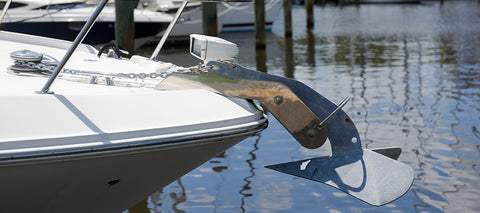
Let's look at common issues with windlasses and how to address them:
1) Windlass Won’t Run in Either Direction
2) Solenoid Clicks, but Windlass Won’t Move
3) Windlass Lacks Power to Haul the Anchor
4) Rode Gets Jammed or Doesn’t Come In
Our history: a 20 year journey
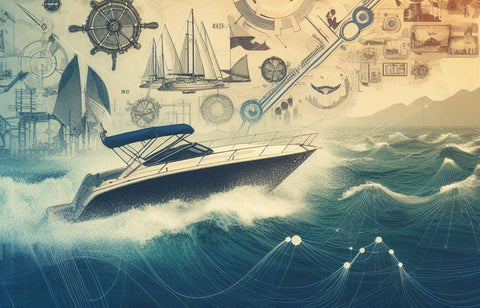
Boat Cleaning Tips for Anglers: Keeping Your Vessel Spotless and Pristine

Avast, Ye Mariners! Master the Art of Docking: A Swashbuckling Guide for Boaters
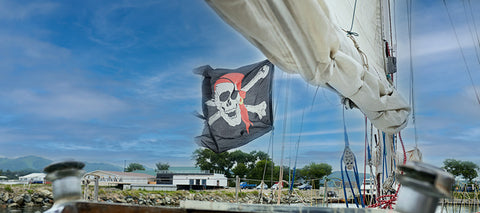
Top Reasons to Keep a Boating Maintenance Log
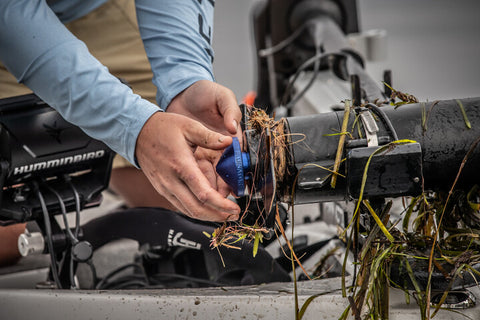
4 Top Tips for Buying a New-to-you Used Boat
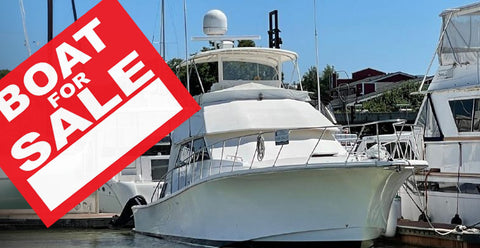
Bent Boat Anchor Shank: Common Causes and Prevention Tips
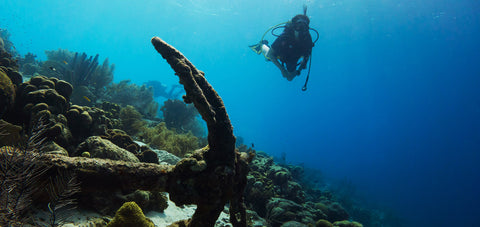
Prepare Your Boat For An Above Average Hurricane Season
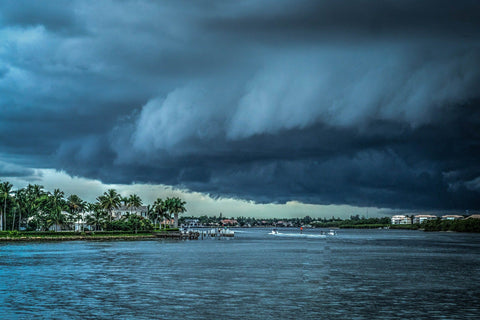
Best Methods For Anchoring Your Jet Ski in Deep or Shallow Water
